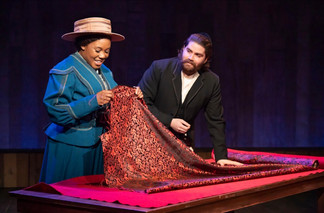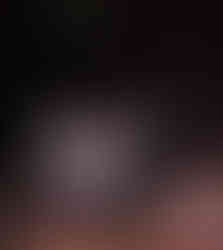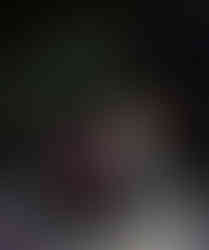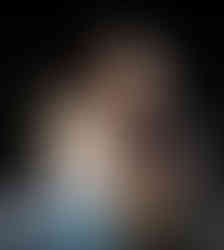Intimate Apparel
- lbremer14
- Jul 27, 2022
- 2 min read
Music by: Ricky Ian Gordon
Libretto by: Lynn Nottage
Duration: 150 mins
Commissioned by: The Metrolpolitan Opera /LCT Opera/Musical Theater Commissioning Program
Premiere: The Newhouse Theater of Lincoln Center Theater, March 2020

INTIMATE APPAREL, set in 1905 in turn of the century New York, tells the story of Esther, a lonely, single African-American woman who makes her living sewing beautiful corsets and ladies’ undergarments. There is warm affection between her and the Orthodox Jewish man who sells fabrics to her, but any relationship between them, even a touch, is completely forbidden. Seeking love and romance, Esther eventually embarks on a letter-writing relationship with a mysterious suitor laboring on the Panama Canal. When he moves to New York they embark on an unhappy marriage, leading Esther to realize that only her self-reliance and certainty of her own worth will see her through life’s challenges.
FORCES
Singers:
ESTHER (soprano, African-American woman, thirty-five)
MRS. DICKSON (soprano, African-American woman, early fifties)
MRS. VAN BUREN (mezzo-soprano, white American woman, thirties)
MAYME (mezzo-soprano, African-American woman, thirties)
MR. MARKS (tenor, Romanian Orthodox Jewish immigrant, thirties)
GEORGE (Baritone, Barbadian immigrant, thirties)
CHORUS (Soprano, Alto, Tenor, Bass Voices)
Orchestration:
Two pianos
Reviews:
A knock out! Ricky Ian Gordon's lush yet intricate score soars into the timeless atmospere of operatic writing...A joy to hear!
-Jesse Green, The New York Times
A glorious new opera, filled with emotional grandeur!
-Frank Rizzo, Variety
Ricky Ian Gordon’s music sets a trotting, melancholy, urbane pace, redolent of early- twentieth-century New York; the melodies, shared between two pianos, sound as if they were inspired by the sight of gleaming, rain-soaked pavement.
-Vincent Cunningham, The New Yorker
Nottage and Gordon have achieved a fine creative chemistry here. Nottage’s libretto, in verse that fluctuates between blank and rhyming, dovetails beautifully with Gordon’s melodic sense, and Gordon weaves an evocative musical tapestry rich with appropriate period forms like rags, cakewalks, and marches.
-Eric Myers, Opera News
MEDIA
















Comments